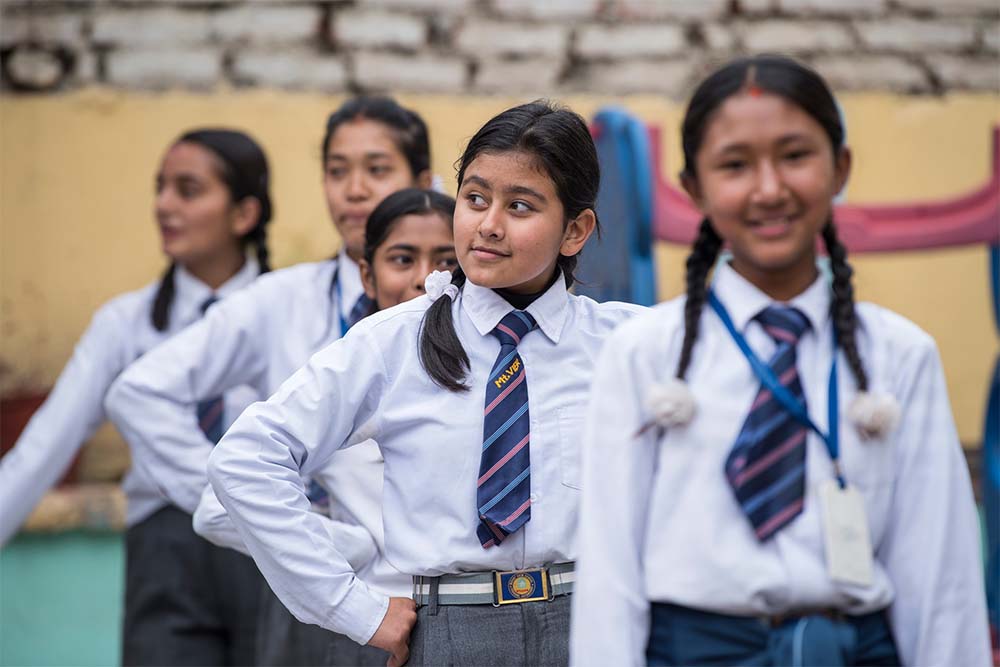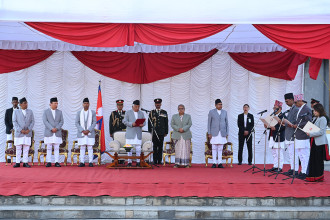
-
The pandemic damaged cognitive development and lifetime earnings of children and youths, jeopardising the growth of economies and well-being of future generations
- Nepal, World Bank launch $100m Water Sector Governance and Infrastructure Support Project
- Urgent action needed in South Asia to curb deadly air pollution: World Bank
- Remittance inflows to increase up to $8.5bn in Nepal in 2022: World Bank
- Pandemic threatens to push 72 million more Children into learning poverty: World Bank reports
Published Date: February 20, 2023, 12:00 am
Post Comment
E-Magazine
RELATED B360 National





-1765524551.jpeg)